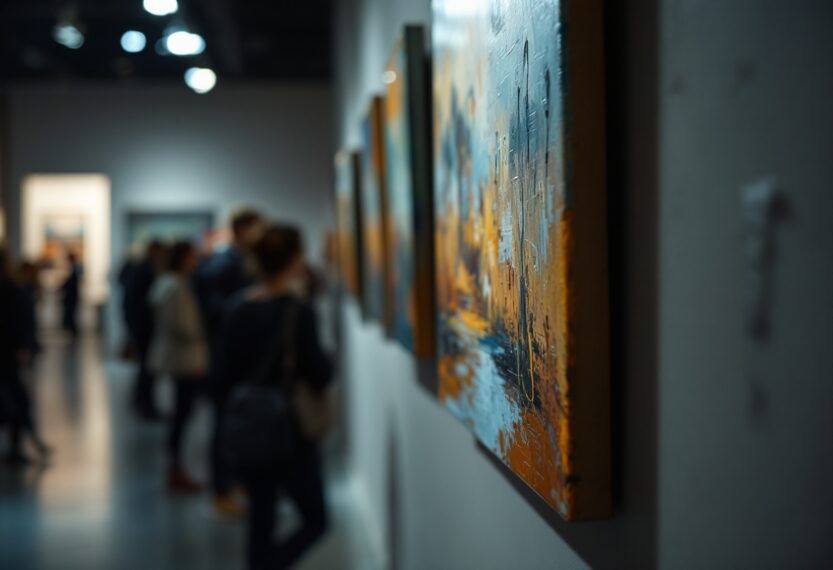The art of deception: Unraveling Florida’s forgery scandals
In recent years, Florida has become a focal point for art forgery scandals that have captivated the public’s imagination. The state, known for its vibrant art scene, has seen a series of high-profile cases involving fraudulent artworks and the individuals behind them. The latest incident involves Leslie Roberts, a Miami gallery owner, who was arrested for allegedly selling counterfeit works attributed to iconic artist Andy Warhol. This case, along with others, highlights the darker side of the art world, where deception and greed often overshadow genuine creativity.
The rise of art forgery in Florida
Florida’s art market has flourished over the past few decades, attracting collectors and investors from around the globe. However, this growth has also paved the way for unscrupulous individuals to exploit the system. The case of Leslie Roberts is not an isolated incident; it is part of a broader trend of art forgery that has plagued the state. Roberts, who previously faced legal troubles for similar offenses, allegedly sold fake Warhols to unsuspecting buyers, claiming they were authentic pieces from the artist’s estate.
Roberts’ arrest came after a civil suit filed by the Perlman family, local art collectors who claimed they were duped into purchasing $6 million worth of counterfeit Warhols. The family’s allegations reveal a complex web of deceit, involving fabricated identities and false provenance. As the investigation unfolded, it became clear that Roberts had a history of fraudulent activities, raising questions about the integrity of Florida’s art market.
Legal battles and the quest for justice
The legal ramifications of art forgery extend far beyond the individuals involved. The cases often lead to lengthy court battles, as victims seek restitution for their losses. In Roberts’ case, he faces serious charges, including wire fraud conspiracy and money laundering, which could result in decades behind bars. The fallout from these scandals not only affects the perpetrators but also tarnishes the reputation of legitimate artists and galleries.
Moreover, the art world is rife with challenges when it comes to authentication. As seen in the Roberts case, even established auction houses can be misled by counterfeit works. The Perlman family’s experience underscores the importance of due diligence in art transactions, as the line between genuine and fake becomes increasingly blurred. Collectors must navigate a treacherous landscape, where trust is paramount, yet easily exploited.
The public’s fascination with art crime
Art crime has long fascinated the public, drawing attention to the intersection of culture, crime, and morality. The allure of high-stakes forgery and the thrill of uncovering deception resonate with audiences, making these stories compelling narratives. Florida’s recent scandals have captured media attention, sparking discussions about the ethics of art collecting and the responsibilities of galleries and auction houses.
As the art world continues to evolve, the prevalence of forgery remains a pressing issue. The cases of Roberts and others serve as cautionary tales, reminding collectors and enthusiasts alike to remain vigilant. The vibrant art scene in Florida, while full of potential, is also a breeding ground for deception, where the line between authenticity and forgery can be perilously thin.




